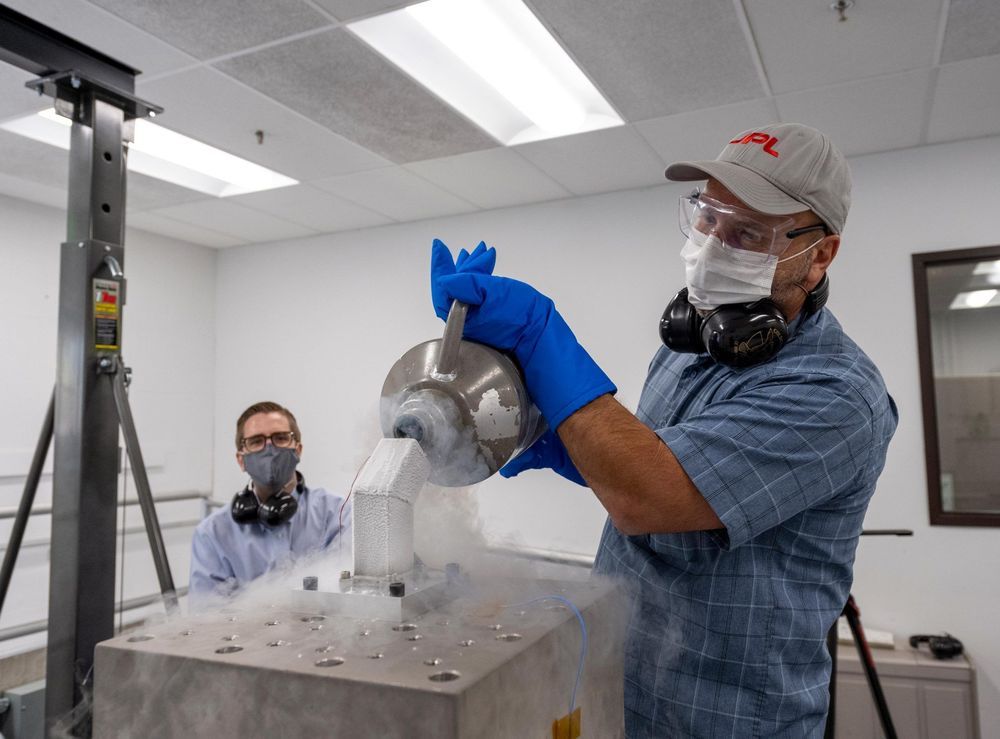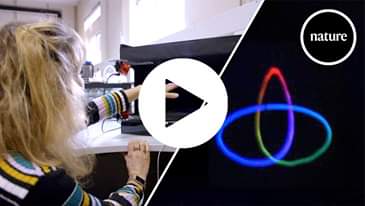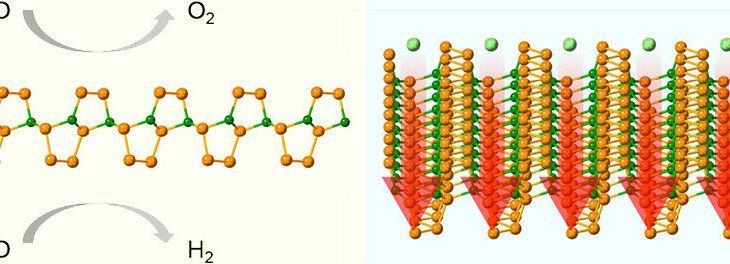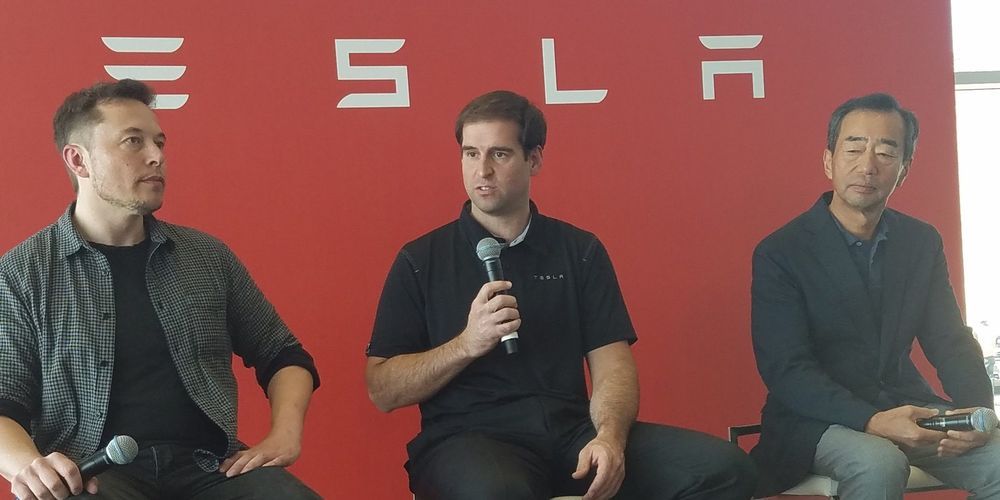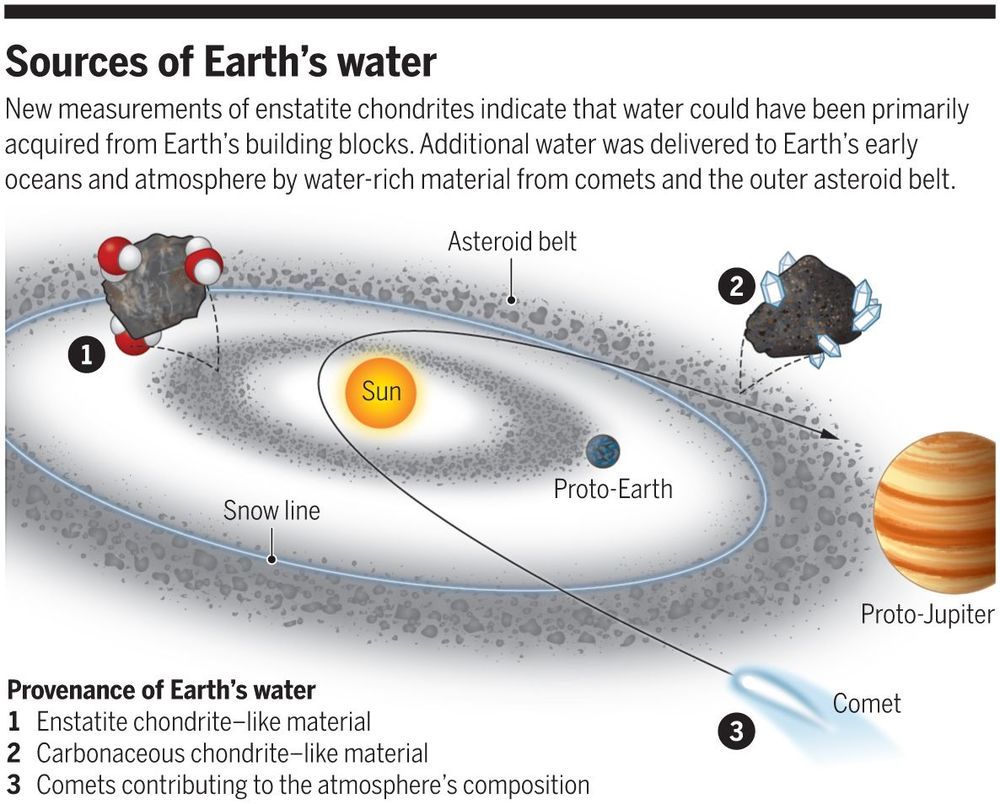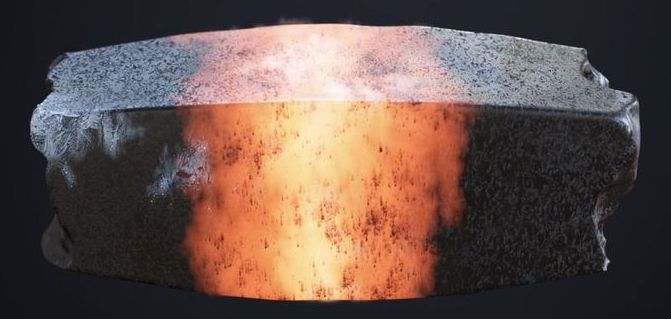Sep 9, 2020
New Project to Clear the Seabed of Plastic with Autonomous Robots
Posted by Malak Trabelsi Loeb in categories: materials, robotics/AI
Plastics, plastics everywhere! From the water that we drink to the Great Pacific Garbage Patch, plastics and all sorts of trash are quite literally everywhere; so the fact that the seabed houses even more of those probably won’t come off as a surprise for you.
Thankfully, the Fraunhofer Center for Maritime Logistics and Services (CML) and an international network of partners are willing to tackle this problem with the use of autonomous robots in a project called SeaClear.
Freeing the Earth from underwater waste is not an easy feat, but this project might actually tidy up our mess.
Continue reading “New Project to Clear the Seabed of Plastic with Autonomous Robots” »


